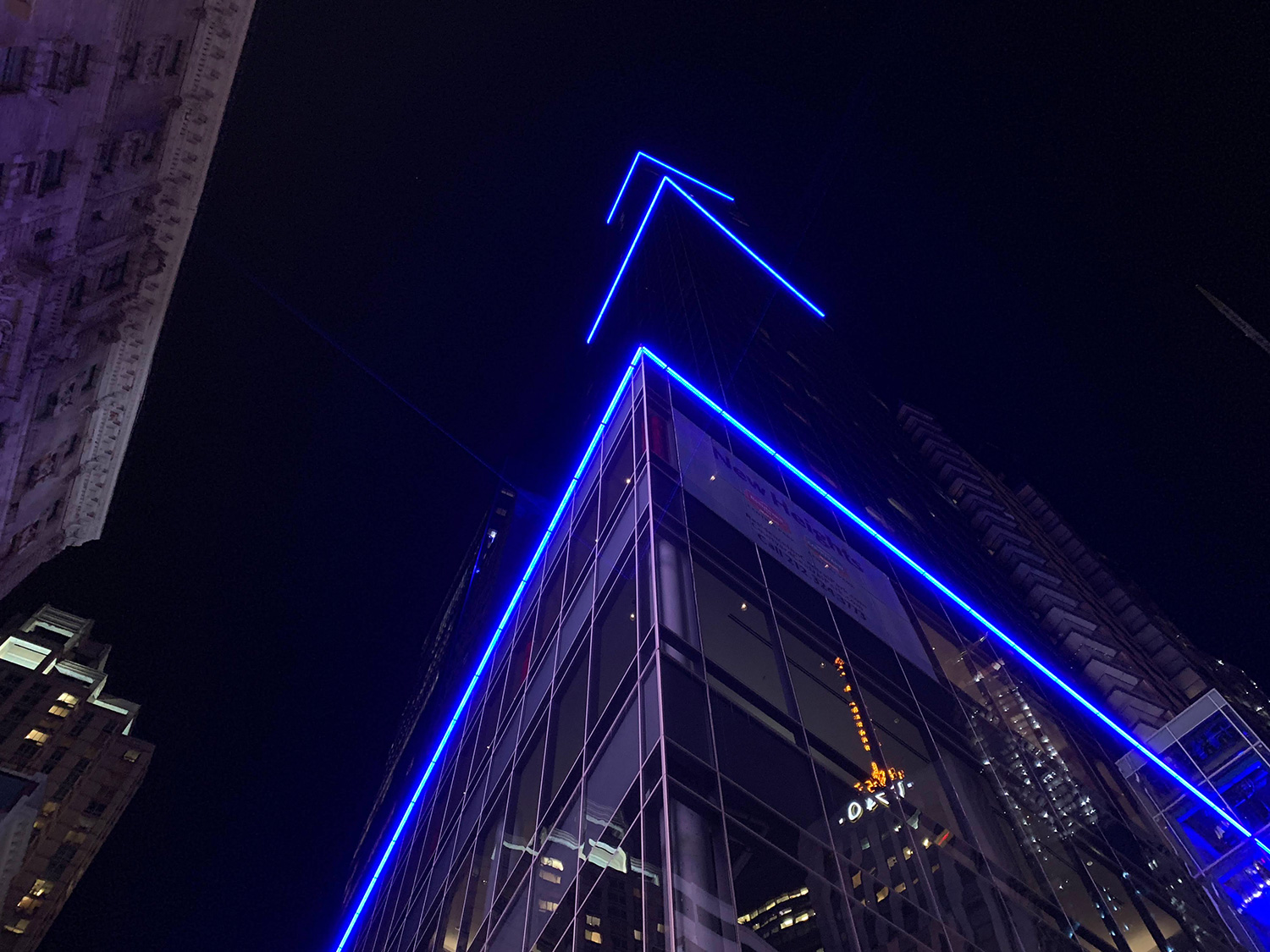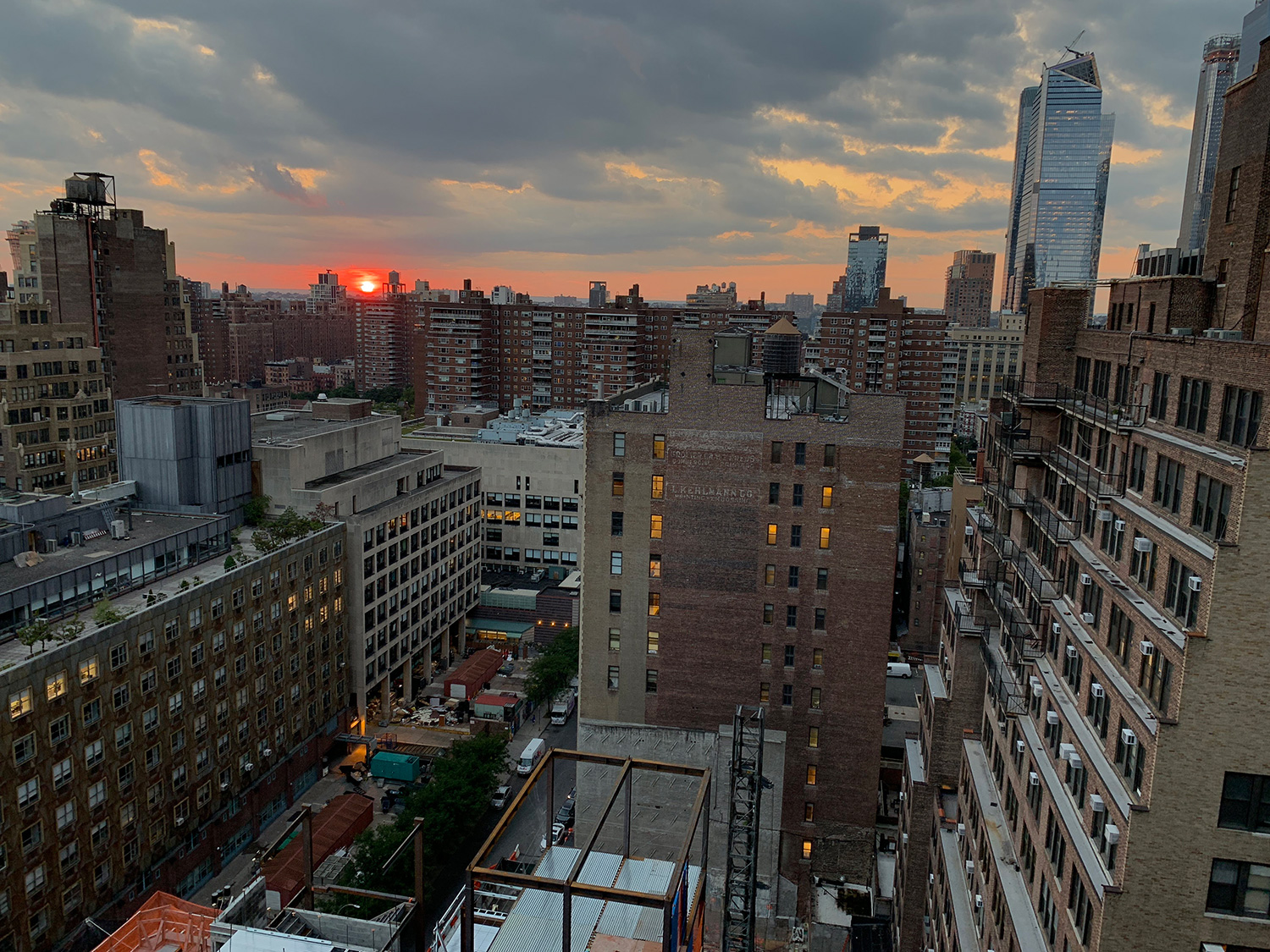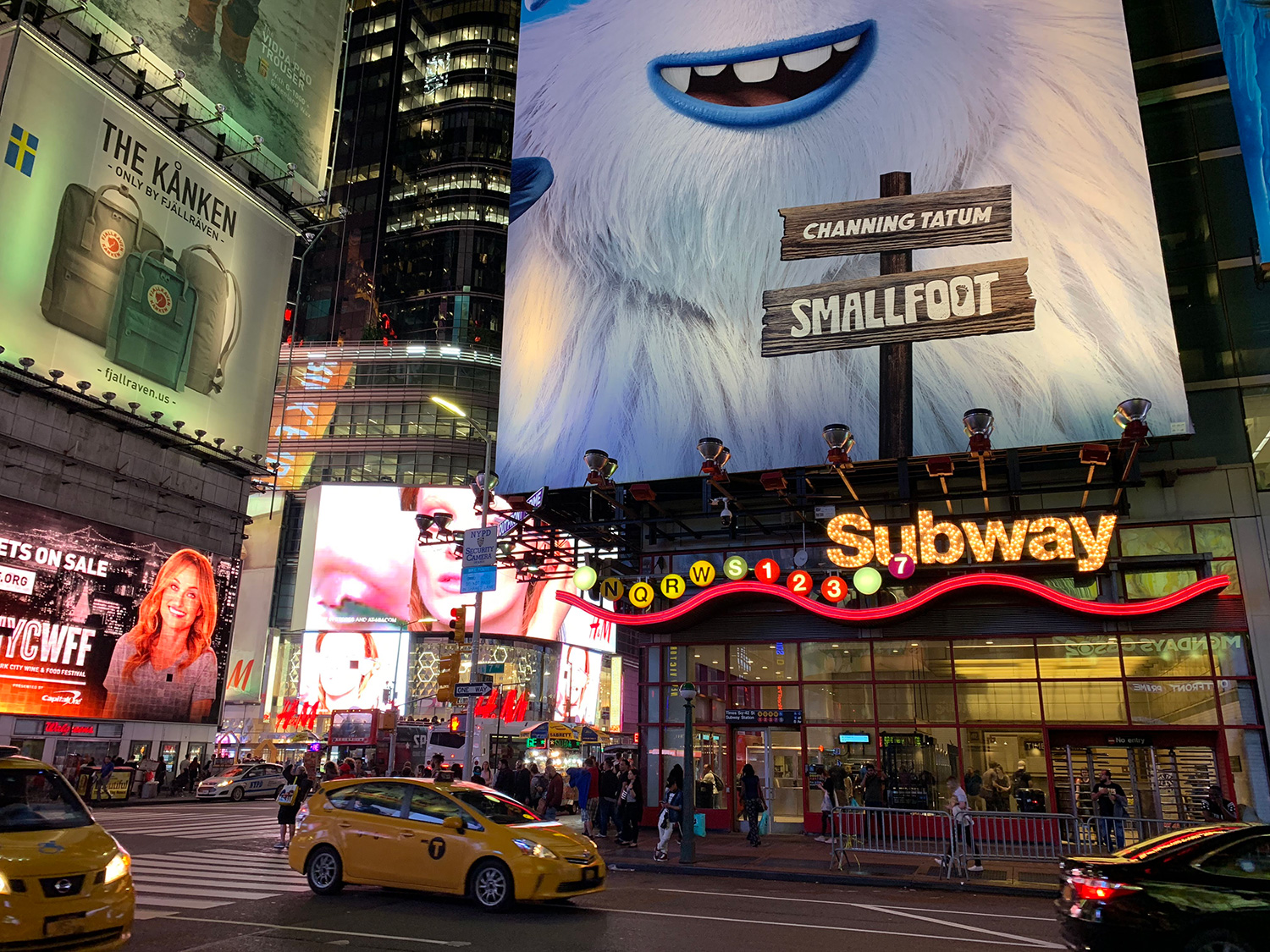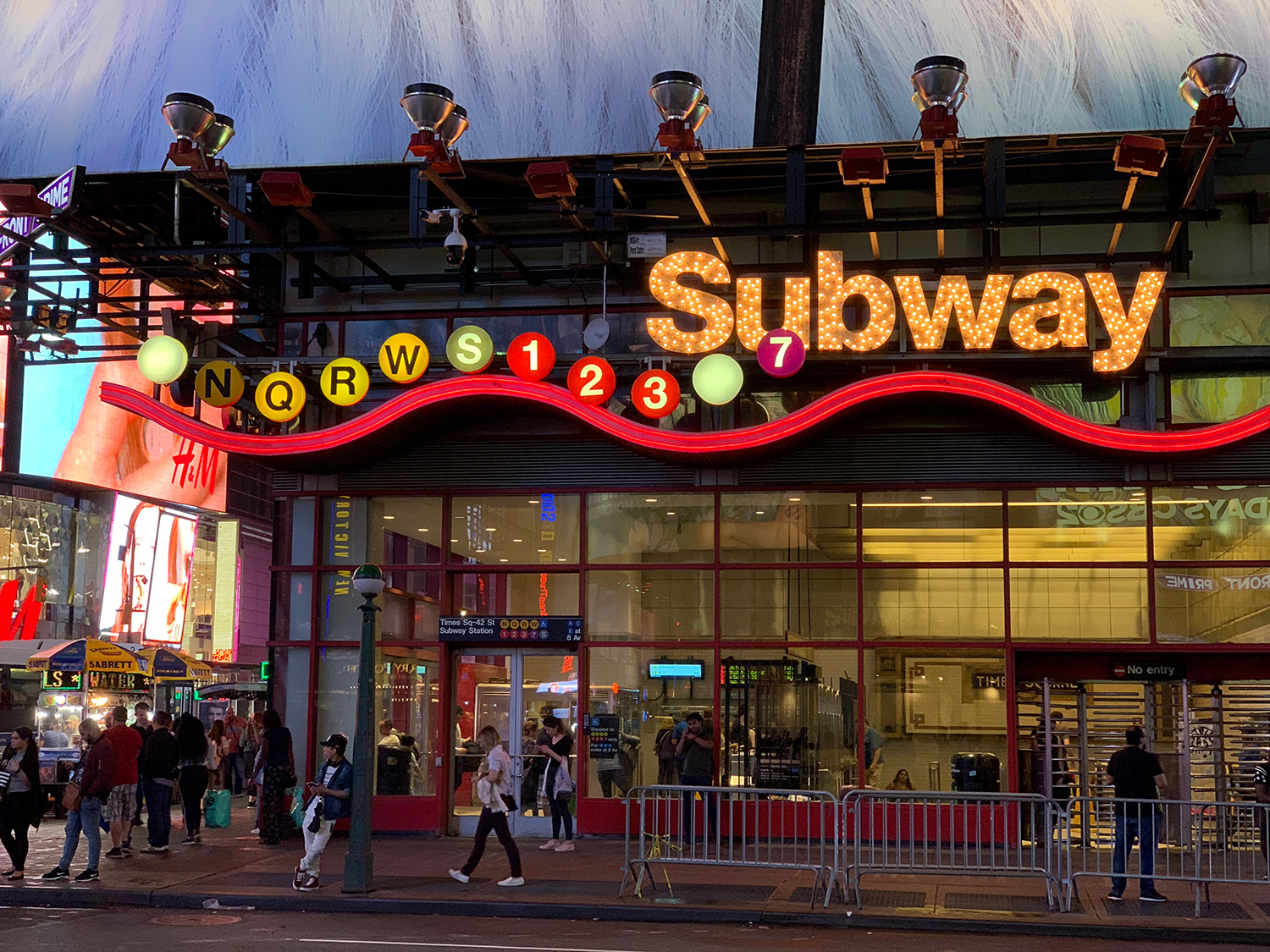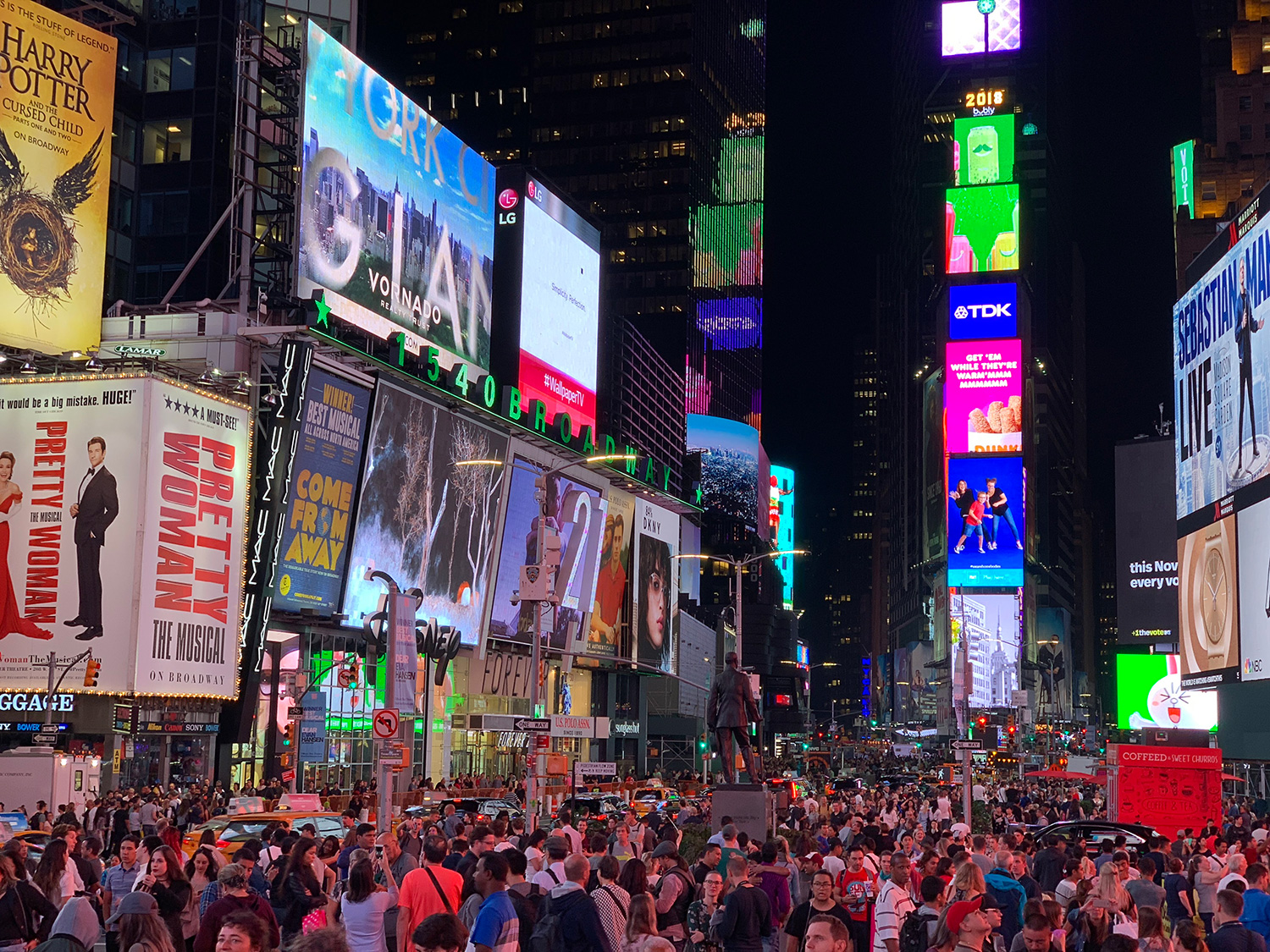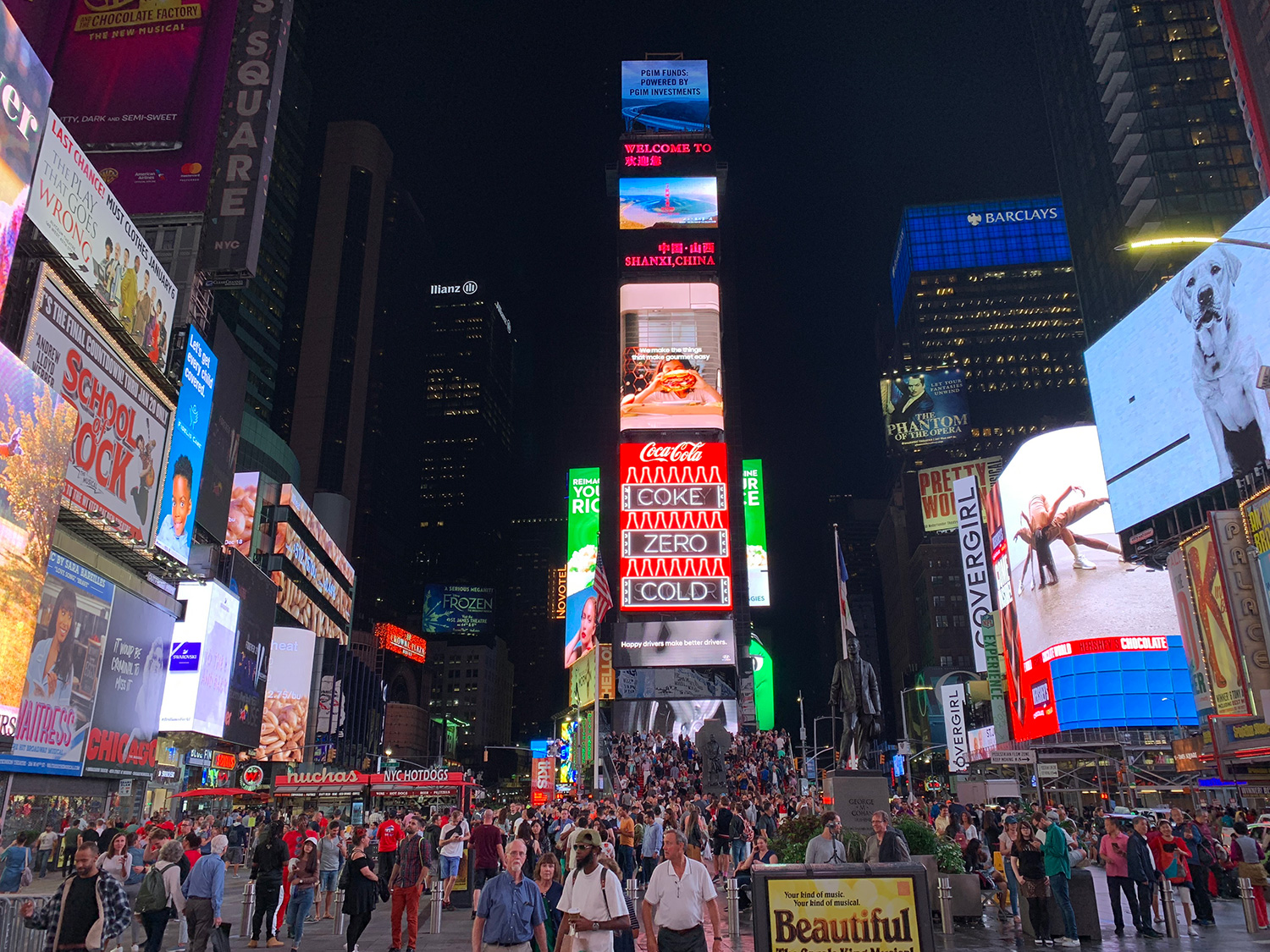- Stunning, massive OLED screen
- Solid battery life
- Excellent performance
- Beautiful design and build
- Smart HDR greatly improves camera
- Difficult to use one-handed
- Expensive
- No fast-charging cable or headphone jack dongle included
“Why you can trust Digital Trends – We have a 20-year history of testing, reviewing, and rating products, services and apps to help you make a sound buying decision. Find out more about how we test and score products.“
One criticism we often used to hear about the iPhone X is that its 5.8-inch screen simply wasn’t big enough. In 2017, big-screen lovers had to opt for the less fully-featured iPhone 8 Plus to get the most real estate. Not anymore: Smartphone shoppers in 2018 and 2019 have the option of the Apple iPhone XS Max, which offers the biggest screen available in an iPhone to date, along with many top-shelf features such as Face ID. It’s the perfect option for people who want to upgrade from older Plus models.
Too Max to handle
For the first time in a while, you no longer have to choose between features when looking at the iPhone XS and XS Max. In the past, opting for the smaller iPhone over the Plus model meant sacrificing some features such as the dual camera. With the iPhone XS and XS Max, that’s no longer the case. Both phones have the same features, except they differ in battery and screen size. As such, you’d hardly find any differences design-wise over last year’s iPhone X.
The front carries the now-iconic edge-to-edge design with a notch for the TrueDepth camera at the top. It’s what’s used for Face ID, which lets you unlock the phone just by glancing at it. It’s slightly faster than before, but the difference in speed is negligible. It’s still the most secure facial recognition system on a smartphone, and we’re starting to enjoy using it more than a traditional fingerprint sensor.
Our review unit is the new gold color option, which looks elegant ((there’s also a Space Gray option as well as Silver — carried over from the iPhone X). The edges are shiny and vibrant like a gold bar, but the back is surprisingly pinkish. The back of the phone is as minimal as ever, and the gold does tend to change tones in different lighting.
Eagle-eyed observers will notice one design change: At the very bottom, Apple has reduced the number of holes on the left edge of the phone from seven to four. That’s because there’s now an antenna band taking up space — it’s a part of the new 4×4 MIMO (multiple input, multiple output) framework to allow faster and stronger internet connectivity. In our own unscientific speed test through the SpeedSmart app (on AT&T’s network), our iPhone X hit download speeds of around 64Mbps, and upload speeds of 14Mbps. In comparison, the iPhone XS Max managed a 82Mbps download speed, and 15Mbps upload. LTE connectivity is definitely faster, but it is difficult to notice an immediate improvement day-to-day.
The iPhone XS Max’s expansive screen also makes it the most difficult iPhone to use.
Everything else is more or less the same — that is, if you’re coming from an iPhone X. The glass is more durable than ever, but it’s still a fingerprint magnet if you choose to forgo a case. The stainless steel frame is nice to the touch, and it’s also stronger than the aluminum used on devices like the iPhone XR or iPhone 8 Plus.
But for many people, the iPhone XS Max may be their first foray into using an iPhone without a home button, which means there will be a period of adjustment to get used to the gesture navigation system. It shouldn’t take too long because we think it’s a much more intuitive way of interacting with iOS; it’s far better than the new gesture controls introduced in Google’s Android 9 Pie.
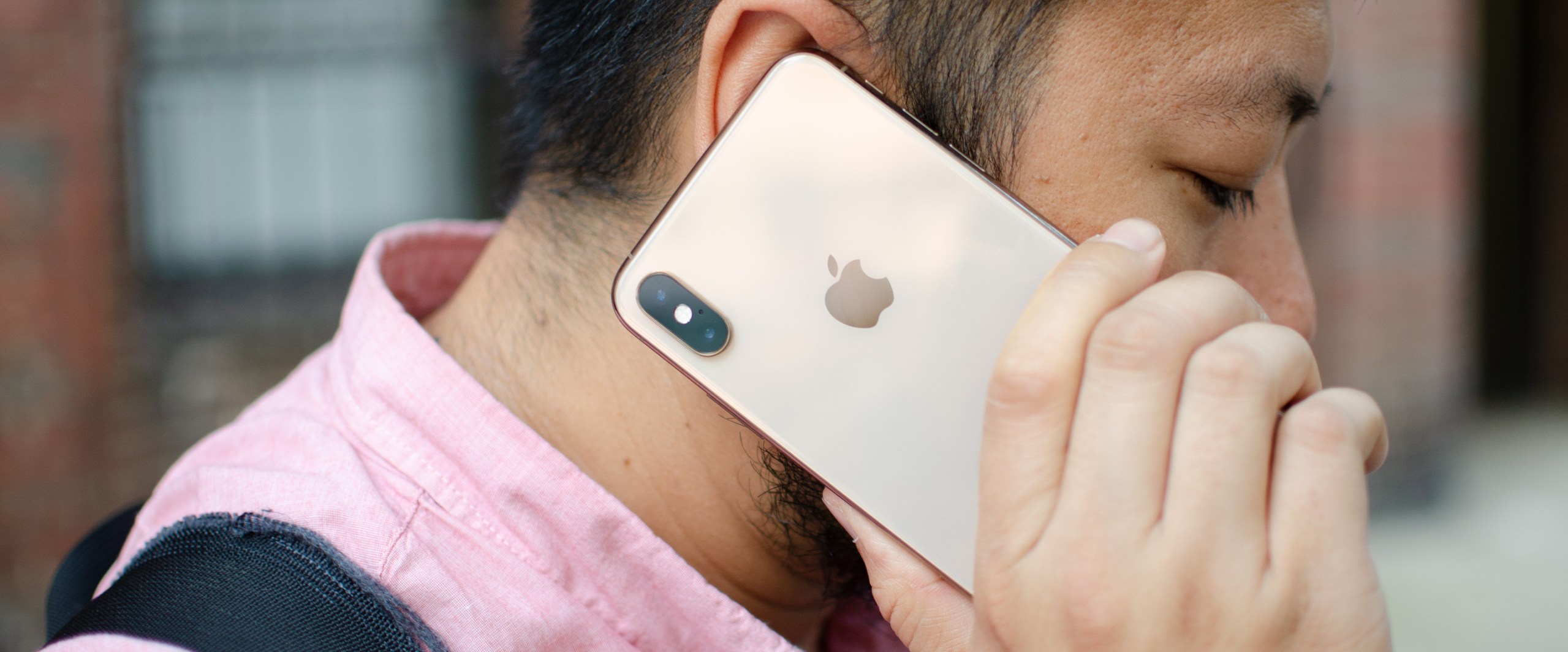
That being said, the iPhone XS Max’s expansive screen also makes it the most difficult iPhone to use. The body may be roughly the same size as the iPhone 8 Plus, but since the screen is much taller, it can be quite difficult to reach the very top with one hand, when you want to pull down the Control Center or Notification Center menus, or hit the back button in some apps. You can always use the Reachability feature to bring the top of the screen down to the middle, but it’s just something you won’t have to deal with on the 5.8-inch iPhone XS.
There’s a special feeling you get when the iPhone XS Max sits in your palm and you stare at its massive, 6.5-inch screen.
At the same time, there’s a special feeling you get when the iPhone XS Max sits in your palm and you stare at its massive, 6.5-inch screen. Everything just feels so super-sized that it’s hard not to enjoy the extra screen real estate. It’s absolutely perfect for watching movies or shows, especially since the phone supports Dolby Vision and HDR10 (both also available in the iPhone X, but Apple says there is better dynamic range in the newer display). We watched a few episodes from the second season of Iron Fist on Netflix (it’s in HDR), and it was easy to see more details in dark scenes without any trouble, and scenes from the film Bright looked rich in color. Even better is the improved speakers that deliver wider stereo sound. They get plenty loud indoors, allowing you to feel truly immersed in what you’re watching, but they can quickly become tough to hear when watching something outdoors in noisy environments without earphones.
It helps that it’s an OLED screen, as there are inky black levels, and the screen is positively sharp at its 2,688 x 1,242 resolution (458 pixels per inch). It’s a screen you won’t want to stop staring at, and we didn’t have any trouble glancing at it outdoors in direct sunlight (though we did need to max the brightness). True Tone technology is back, and we’re glad as it adjusts the screen’s tone to the ambient lighting in your surrounding, making the screen more pleasant to look at.
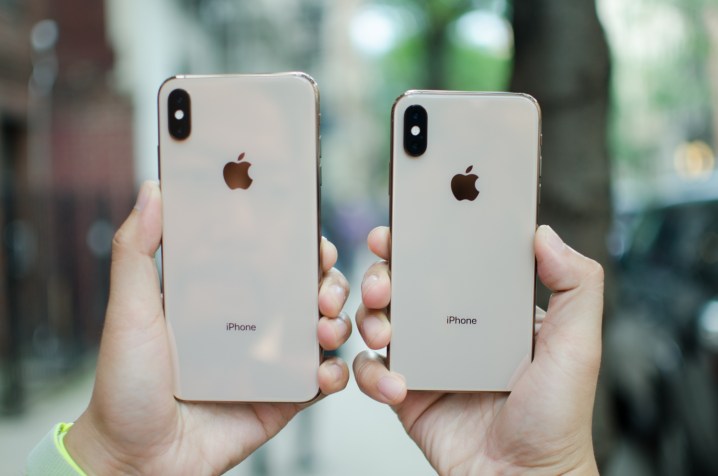
We do like the larger screen, but don’t expect to see more content over the smaller iPhone XS. When compared side to side, most apps hardly showed any more information on the bigger screen, but content generally just looked bigger. Choosing the Max over the regular XS is a purely subjective decision, and we encourage you go to the nearest carrier or Apple Store to handle one yourself, to see if it’s too big or just right.
As a note, Apple no longer includes a Lightning to 3.5mm headphone jack dongle in the box, so you’ll need to spend extra money to get one at the Apple Store. It’s a little ridiculous since a lot of people still have headphones or earbuds that use the jack, and considering what you’re paying for the XS Max, it’s the least Apple could do.
Killer performance, smooth iOS 12 software
The iPhone XS Max is powered by Apple’s A12 Bionic processor, which is Apple’s first mobile processor built using a 7-nanometer process. It houses 6.9 billion transistors, and Apple said it can deliver stronger performance, while still being more efficient than last year’s A11 Bionic. There’s a Neural Engine inside for machine learning tasks, but Apple says it now has six more cores (for a total of eight) than in the iPhone X, allowing it to process 5 trillion operations per second. Those numbers are difficult to fathom, but essentially all you need to know is that this is the most powerful smartphone in the world right now.
This is the most powerful smartphone in the world right now.
We played an augmented reality (AR) game called AR Robot, as well as graphically intensive games like Asphalt 9: Legends and Alto’s Odyssey and didn’t run into a single hiccup. Even juggling multiple apps trying to get work done, like signing documents, responding to messages, and creating calendar events didn’t give us any problems. You won’t have issues with performance.
Here are a few benchmark results:
- AnTuTu 3DBench: 315,174
- Geekbench 4 CPU: 4,827 single-core; 11,458 multi-core
These numbers are some of the highest we’ve seen to date from any smartphone (the iPhone XS scored slightly higher on AnTuTu), with the closest coming from Samsung’s Galaxy Note 9 with its 273,992 AnTuTu score. Benchmarks aren’t the best measure of real-world performance, but these numbers give you a strong idea of the power inside Apple’s new iPhones.
Paired with this buttery smooth performance is the latest version of Apple’s mobile operating system — iOS 12. We’ve covered all the new features in the update, but our favorites include the new grouped notifications system, which makes them far easier to manage; Memojis, which let you create Animojis based on your own avatar; and Siri Suggestions, which genuinely offers up helpful suggestions. You can read our full impressions in our iOS 12 review.
Strong camera
Based on specs, it may seem as though Apple hasn’t changed the camera from the iPhone X, but there are some significant under-the-hood improvements in the iPhone XS Max. It’s the same dual-camera system as before: A 12-megapixel standard lens with a f/1.8 aperture, paired with a 12-megapixel telephoto lens with a f/2.4 aperture. Both have optical image stabilization, and you can capture 4K video up to 60 frames per second. The image sensor is now larger, however, which helps with better low-light photos.
As usual, there’s almost zero lag when trying to snap a photo. The camera app is quick to launch, easy to operate, and it snaps photos fast. Images are often well-detailed with good color — even in low light — but there is one area where dramatic improvements are visible, and it’s all thanks to Smart HDR. Essentially, the camera snaps more photos than ever before when you tap on the shutter button. That includes taking photos at three different exposures, and then combining them all to create the best photo that doesn’t blow out bright lights, or underexpose dark areas. It’s great for high-contrast scenarios, and one of the best examples showing off the difference can be seen with the photos below.
In each of these photos, you can see how the iPhone X tried and failed to handle bright areas. In the photo with the trees (which were much darker than the white, overcast sky), it tried to lighten up the foreground, and the result is an overexposed photo with poor white balance. The iPhone XS Max, on the other hand, ably handled this situation. In the photo with the dog, you can see the sky in the far left corner is completely white in the iPhone X photo, whereas Smart HDR on the iPhone XS Max helped bring out the actual gray sky. And in the photo of the ramen restaurant, the iPhone X blows up the lights, but it’s not the case on the XS Max’s photo. Smart HDR is excellent, and it dramatically improves the quality of photos coming out of the iPhone XS Max.
Apple also said it improved Portrait Mode and Portrait Lighting with the new iPhone XS models, but the improvements we’ve found stem from the new Smart HDR feature, as well as the larger sensor, which reduces grain in low light, and larger individual pixels. Among smartphone makers, Apple still has some of the best color accuracy and the nicest looking bokeh — Smart HDR really does wonders — but we think the Google Pixel 2 still does a far better job of accurately blurring out the right places around a subject.
- 1. Iphone XS Max
- 2. iPhone X
- 3. Pixel 2
While we don’t see this as much with the rear camera on the iPhone XS Max, there are still issues with Portrait Mode accurately identifying the edges of a subject, especially with hair, for Portrait Mode selfies.
- 1. iPhone XS Max
- 2. Pixel 2
Alongside the improved Portrait Mode is a new feature called Depth Control. It lets you change the intensity of the blur on any Portrait Mode photo taken on an iPhone XS or XS Max. You can add a stronger blur, or remove it completely. It’s a neat feature that lets you customize exactly how you want your photos to look before sharing them.
Apple says it also improved the dynamic range for videos captured on the iPhone XS Max, as well as low-light performance (up to 4K 30 FPS), and the results are indeed excellent. The stabilization continues to be strong, but it’s the colors that impress, as it looks incredibly natural and true to life. There’s also stereo recording available, which is a nice addition.
It’s an excellent camera with genuinely solid improvements over last year’s iPhone X. Does it take the crown as the best camera phone available on the market? We’ll be doing more extensive testing with a range of phones to find out.
Day-long battery life
The iPhone XS Max has the biggest battery out of all the 2018 iPhones, with a capacity of 3,174mAh. In our testing, it went from 100 percent at 8 a.m. to 20 percent by 9 p.m. with medium usage, including music streaming, some picture taking, and a ton of social media and web browsing. We’ll be continuing to use the Max for more time to see if how long it can last with higher usage.
Wireless charging support is available, but the Max will charge slightly faster than the iPhone X or iPhone 8 models, thanks to a tighter coil design. The speed difference is noticeable, but you’re still looking at up to two hours or more to try to get from 20 to 100 percent (depending on the charger). Fast wired charging is supported, but it’s disappointing that you need to buy the cable separately instead of it being included in the box.
Price, availability, and warranty information
The iPhone XS Max starts at $1,099 for the base 64GB model, but there’s a 256GB storage option available for $1,249, or a massive 512GB storage option for $1,449. It’s available today from the Apple Store, as well as a variety of retailers and carriers. Check out our buying guide to find the best deals.
Apple offers a standard one-year limited warranty that covers manufacturer defects.
Our Take
The iPhone XS Max is likely not for everyone, but you’ll find it hard to stop gazing into its beautiful, 6.5-inch screen. Itc costs an enormous amount of money, and we think the iPhone XR sounds like much better value for what you get.
Is there a better alternative?
Yes, if you want a smaller iPhone, go for the iPhone XS. It’s a 5.8-inch screen and has a smaller battery, but it will still get you through the day, and has all the same features as the XS Max. If price is a concern, we recommend getting the iPhone XR, which costs $750 but shares a variety of features such as the same primary camera (single lens only), Smart HDR, Portrait Mode, the A12 Bionic processor, and more.
If you’re okay with swapping to Android, the Galaxy Note 9 is another big screen phone that’s a great alternative. It’s one of the most powerful Android phones on the market with a 6.4-inch screen, and it has a built-in stylus that can act as a remote control to take photos or trigger other actions. Alternatively, we recommend waiting until the end of October as a number of phones are being released, such as the Google Pixel 3, the LG V40, the OnePlus 6T, and more.
How long will it last?
The iPhone XS Max is a glass sandwich that’s difficult to hold in one hand — it will try to wrangle its way out of your hands and onto the ground, which is why we recommend buying a case. It is IP68 water resistance, which is better than last year’s IP67 rating. That means the phone should be able to survive staying submerged up to 6.6 feet (2 meters) for 30 minutes.
We expect this device to last you more than four to five years, especially since Apple does a great job of supporting older hardware, but you may need to replace the battery at some point if it starts to degrade.
Should you buy it?
Yes. If you want the best from Apple and the biggest screen available, go for the iPhone XS Max.
Check out our iPhone XS review for our impressions on the smaller iPhone, and read our iPhone XR review if you don’t want to spend too much on an iPhone.















